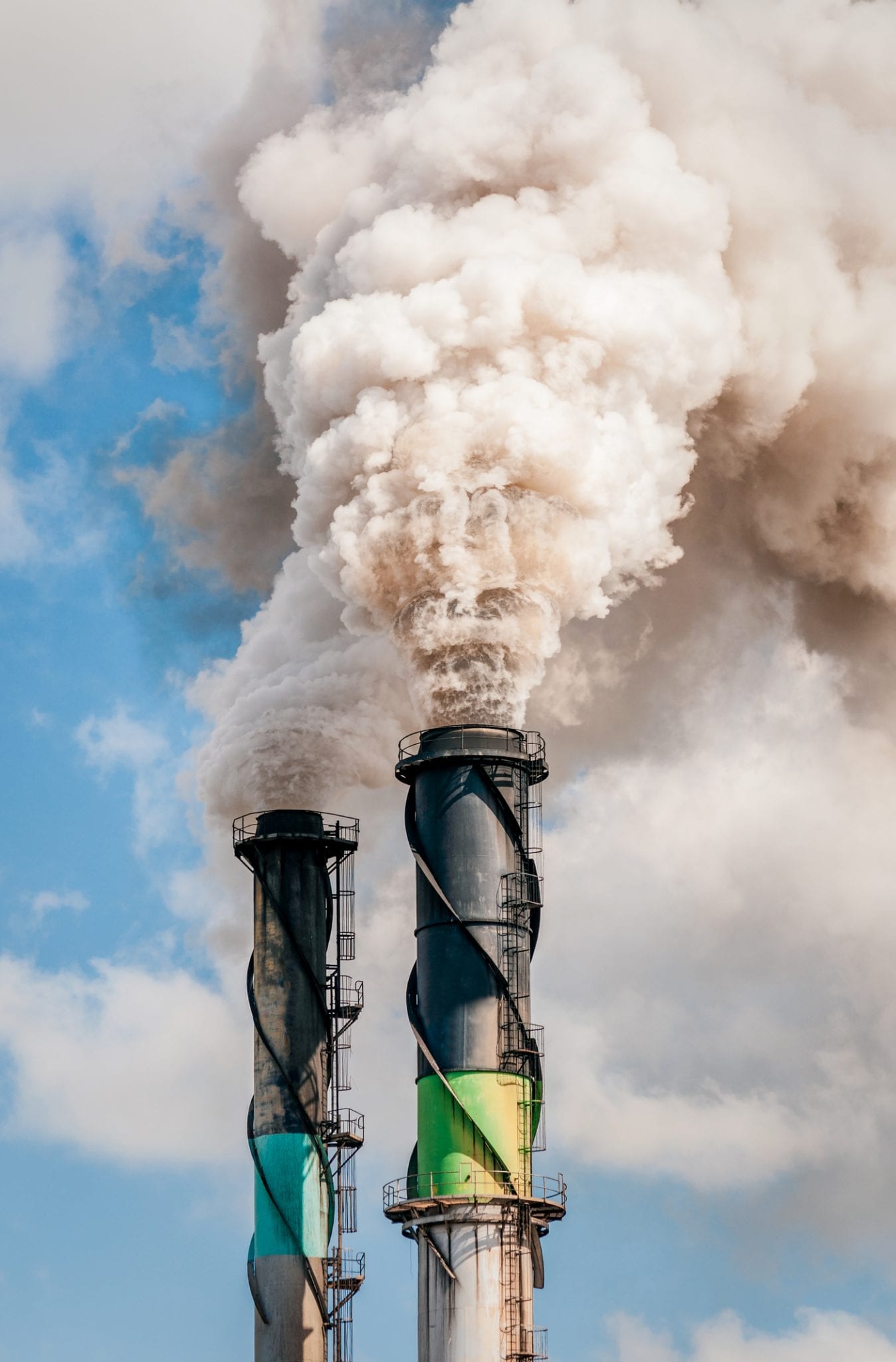
IRVING, Texas – ExxonMobil and Global Thermostat said recently that they have signed a joint development agreement to advance breakthrough technology that can capture and concentrate carbon dioxide emissions from industrial sources, including power plants, and the atmosphere.
ExxonMobil and Global Thermostat to advance breakthrough atmospheric carbon capture technology
- Technology removes carbon dioxide from industrial sources and the atmosphere
- Companies to evaluate potential scalability
- Applications could extend across multiple industrial sectors
The companies will evaluate the potential scalability of Global Thermostat’s carbon capture technology for large industrial use. If technical readiness and scalability is established, pilot projects at ExxonMobil facilities could follow.
“Advancing technologies to capture and concentrate carbon dioxide for storage and potential industrial use is among a suite of ExxonMobil research programs focused on developing lower-emissions solutions to mitigate the risk of climate change,” said Vijay Swarup, vice president of research and development for ExxonMobil Research and Engineering Company.
“Our scientists see potential in this exciting technology that could lead to more affordable methods to reduce emissions in power generation and manufacturing, along with removing carbon dioxide from the atmosphere.”
ExxonMobil and Global Thermostat are also exploring opportunities to identify economic uses for captured carbon dioxide.
“Scaling solutions that can address climate change globally requires significant investment, innovation and collaboration,” said Peter Eisenberger, chief technology officer and co-founder of Global Thermostat.
“Global Thermostat’s game-changing direct-air capture and flue gas capture technologies offer a way to transform the growing risks associated with carbon dioxide emissions into a global solution that could satisfy both business and environmental objectives. By partnering with ExxonMobil, we’re harnessing the expertise and capabilities of one of the world’s largest energy companies to accelerate our ability to realize that vision.”
Energy Laboratory and National Energy Technology Laboratory to bring lower-emissions technologies to commercial scale. Since 2000, ExxonMobil has invested more than $9 billion in energy efficiency and low-emission technologies such as carbon capture and next generation biofuels. ExxonMobil also works with about 80 universities around the world to explore next-generation energy technologies.
Source: ExxonMobil






